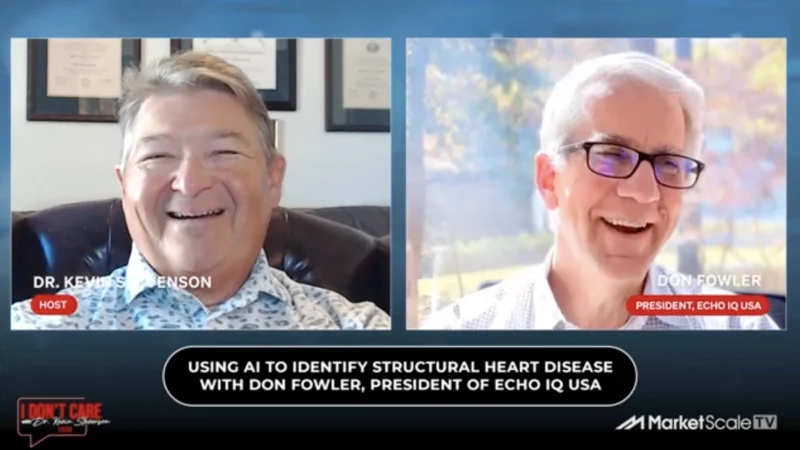How does the Carevive platform help with patient prioritization?
In the realm of healthcare, prioritization plays a critical role in providing optimal support to patients and care teams. At Carevive, prioritization is at the heart of its mission to improve patient outcomes. Through their innovative platform, Carevive offers on-demand personalized education based on evidence, tailored to address each patient’s specific symptoms and barriers to care.
For patients, this means having access to patient-friendly educational resources as soon as they record symptoms or care-related challenges. This empowers patients with the knowledge they need to navigate their treatment journey more effectively.
For clinicians, especially nurses, Carevive provides a powerful tool for identifying patients in need. Nurses receive real-time notifications when patients report symptoms or barriers to care. This allows them to gain a comprehensive understanding of the patient’s status, leading to higher-quality and more focused conversations.
The combination of patient education and clinician prioritization fosters an environment of proactive care. Care teams are better equipped to identify and address patient needs promptly, ultimately leading to improved patient outcomes.
At Carevive, the patient’s well-being is always at the forefront. By leveraging AI-powered tools, Carevive enhances prioritization to support clinicians and patients alike, paving the way for a more patient-centered and successful healthcare experience.




